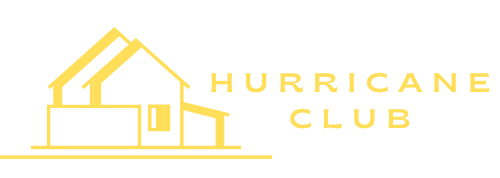Most Common Types Of Roofing
The roof is primarily a solid material used to build the roof of a house, apartment, or building. You can find multiple types of roofs to choose from. But, the one which would be best suitable for you depends on your specific requirements and needs. Therefore, it would be better to know all of them to understand each type better before you decide!
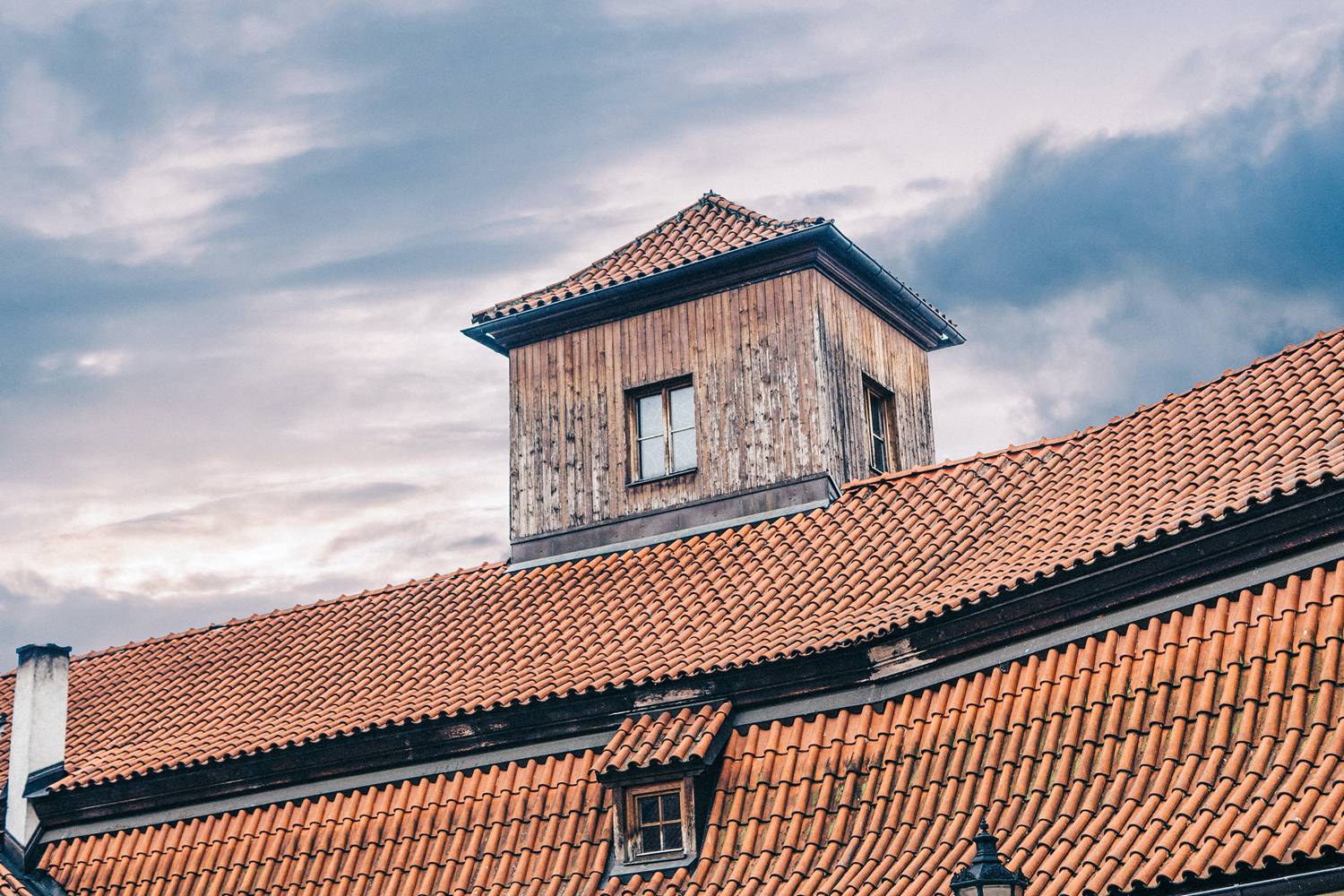
The roofs can be asphalt, slate, ceramic tile, wood, or metal. While Asphalt shingle is the most commonly used type of roofing, the best thing about asphalt is budget-friendly.
Continue your reading and find the right roofing type for yourself!
What are the Most Common Styles of Roofing?
There are dozens of roof types, but we will discuss the most common ones used in housing, buildings, and other residential areas. So, let’s have a look over all of them one by one:Asphalt Shingles
Asphalt shingle has been used to construct for the last 100 years. It was used in the United States in 1903 for the first time. This roof type is pretty popular among homeowners, durable and cost-effective option! Asphalt shingles are widely available and found in many styles and colors. The roof is easy to install and can withstand extreme environmental conditions is a plus of this roofing type. Following are two types of asphalt shingles:1. Fiber Glass
This roofing type has a fiberglass base, which keeps water out and protects your home from water damage. Asphalt is mixed with ceramic pieces that can reflect UV rays, keeping the roof safe from becoming sun-bleached.2. Organic
Well, this roofing is made from recycled materials, often reused paper. The reused materials form the base, and then the asphalt is layered over it. Organic asphalt always has a thicker layer as compared to fiberglass.Pros of Asphalt Shingles
I. Inexpensive II. Easy to install III. Easy to replace IV. Fit any style V. AdorableCons of Asphalt Shingles
I. Easily crack II. More vulnerable to windGable Roof
The roof type is pretty common in cold areas, including North America. Gable roof comprises two layers and is placed on the ranch or cottage-style homes and modular housing. The pitch of the gable roof varies greatly. The gable roof is a popular roof type; it works well on various home designs and allows better ventilation in houses. The roof provides outstanding draining for rain and snow and is more weather resilient than flat roofs. Gable roofing needs additional support against the wind.Pros of Gable Roof
I. Inexpensive to build II. Shed water easily III. Tough or resistant against rain and snow IV. Temperature controlCons of Gable Roof
I. Weaker II. Require proper ventilationFlat Roof
A flat roof is one of the most popular roofing types. And the roofing appears flat and without a blatant pitch. Although flat roofs have a very slight pitch to allow water to run off, they have been used on commercial buildings such as retail outlets. It is most common on mobile homes, but keep in mind that flat roofs are particularly vulnerable to leak/ So, you must thoroughly waterproof them before you use them.Pros Of Flat Root
I. Convenient for adding solar panels II. Extra space for various functions III. A place for HVAC units IV. Cheaper than pitched roofsCons Of Flat Root
I. Drainage problem II. Not stylish and attractiveMansard Roof
Sometimes most people refer to it as a French roof, so the mansard roof relates to it. The roofing consists of four sides with two slopes. Every slope joins at the top to form a flat panel. The mansard roof is found on older homes, built just after the Civil War. But it has also become popular quickly in the United States.Pros of mansard roof
I. Provide extra attic II. Easy to open or closed dormers III. Less complicated IV. Ideal for adding a garret living quartersCons of mansard roof
I. Not ideal for extreme weather conditions II. The drainage system is not good enoughShed Roof
A shed roof is also a most common type of roof, consisting of a single, sloping panel. It is sometimes known as skillion roofs or lean-toes, often used on rustic homes, cabins, and tornado shelters. Homes with shed roofs tend to be unique structures that reflect their owner’s style and personality. The shed roof provides some stimulating window placement chances, from small rows of glass panels straight under the roof to large picture windows across the front of the house.Pros of Shed Roof
I. Affordable roofing style II. Very cheaper III. Use fewer materials IV. Good for skylights installationCons of Shed Roof
I. Not for large homes. II. Drainage problems may occur if the roof has not proper slope.Final Words
There are multiple types of roofs which you can choose. Depending on climate, budget, and house type/style, you can choose the one. Not only that, but the building materials matter a lot when it comes to the roof. So, select any of the roofs mentioned above, and style your home as per your needs and budget!
John
Author
I work in construction management, but I’m also a blogger. Construction blog with a focus on the latest in building materials, design, and construction. I enjoy talking about the nuances of construction, the industry’s quirks and how
to be safe on job sites. Construction is a tough industry. I’m here to help you make it through the day.
Subscribe to our Newsletter
Recent Posts
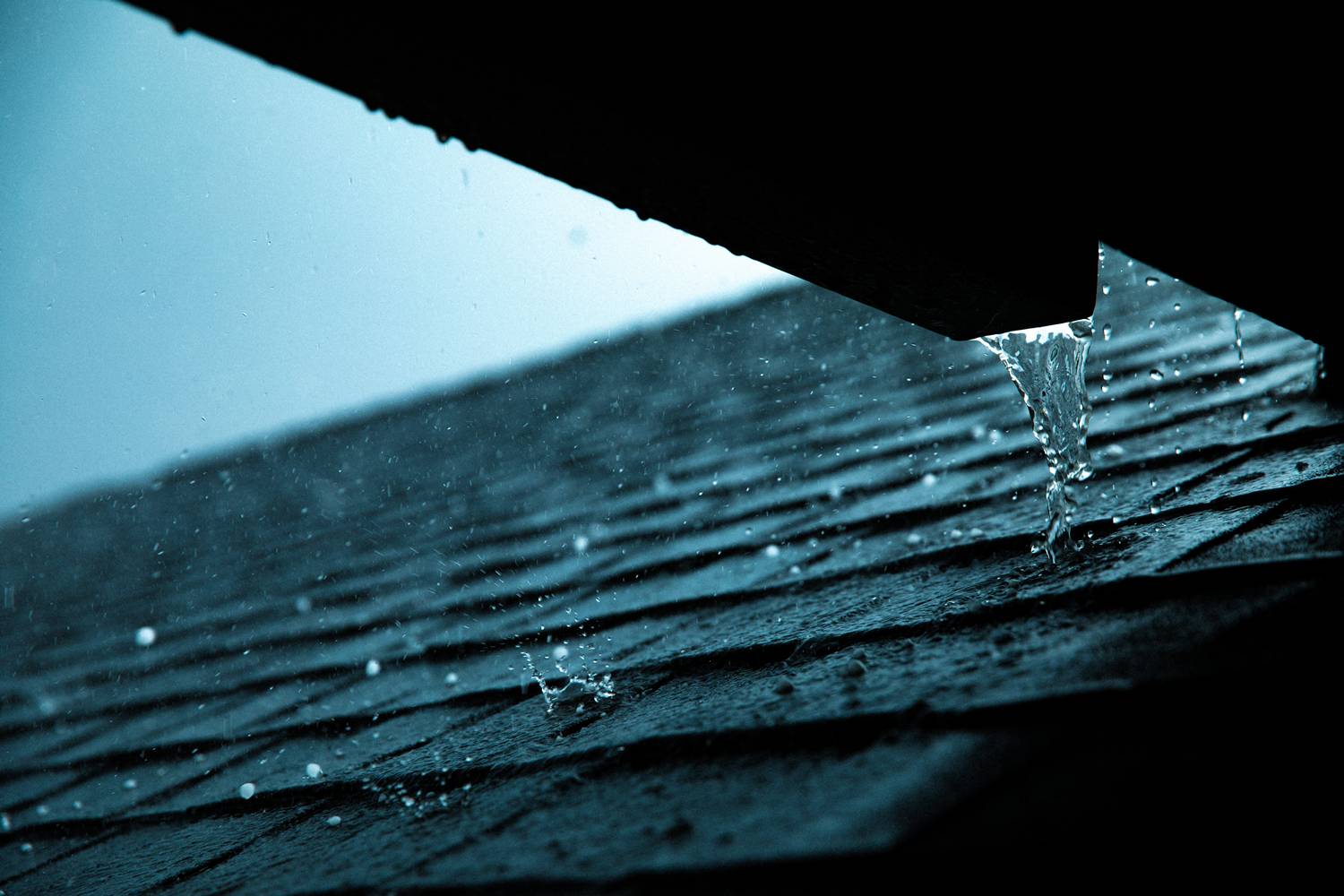
Right Way To Change Your Roofing Safely

Most Common Types Of Roofing
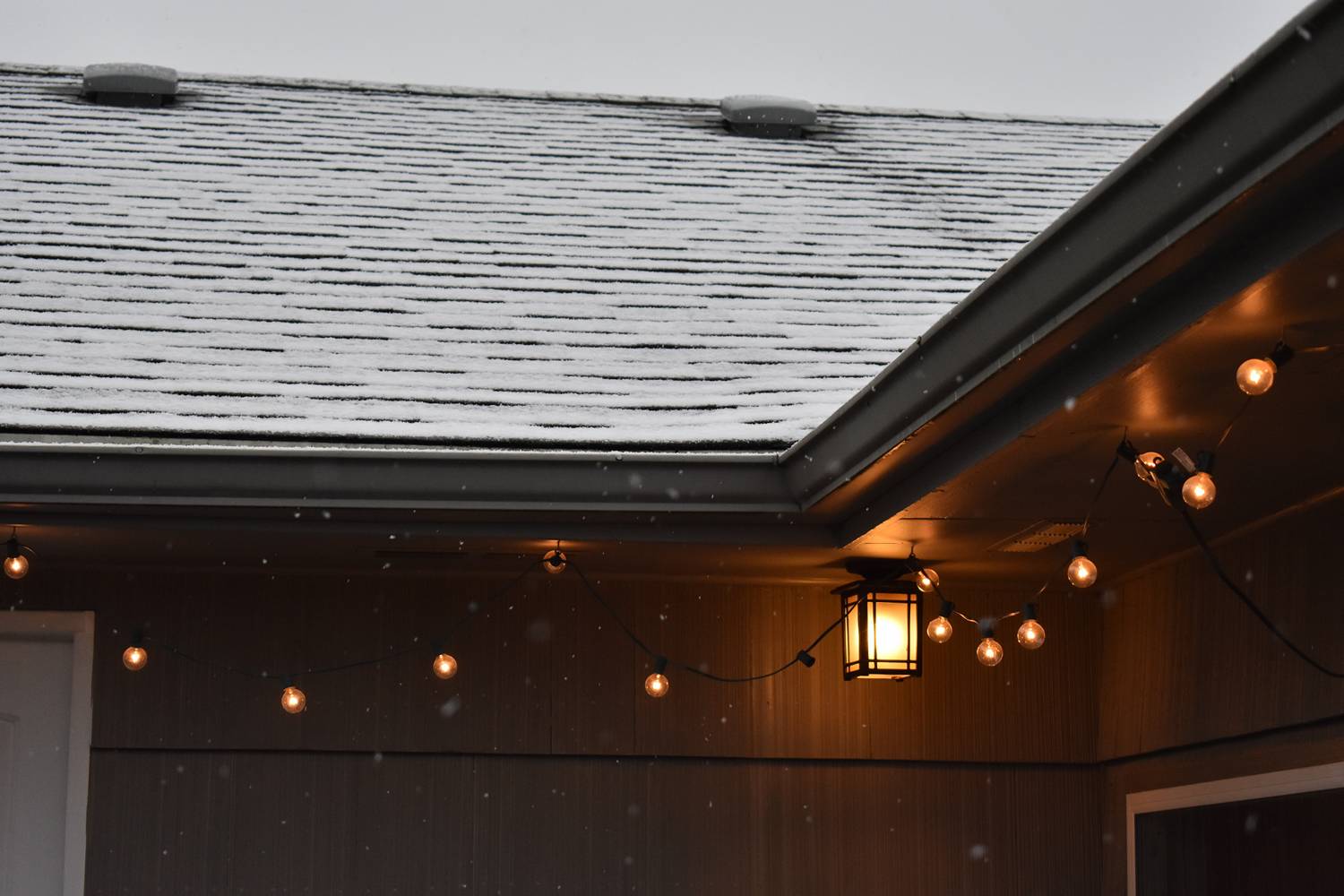
Best ways to find roof leakage quickly
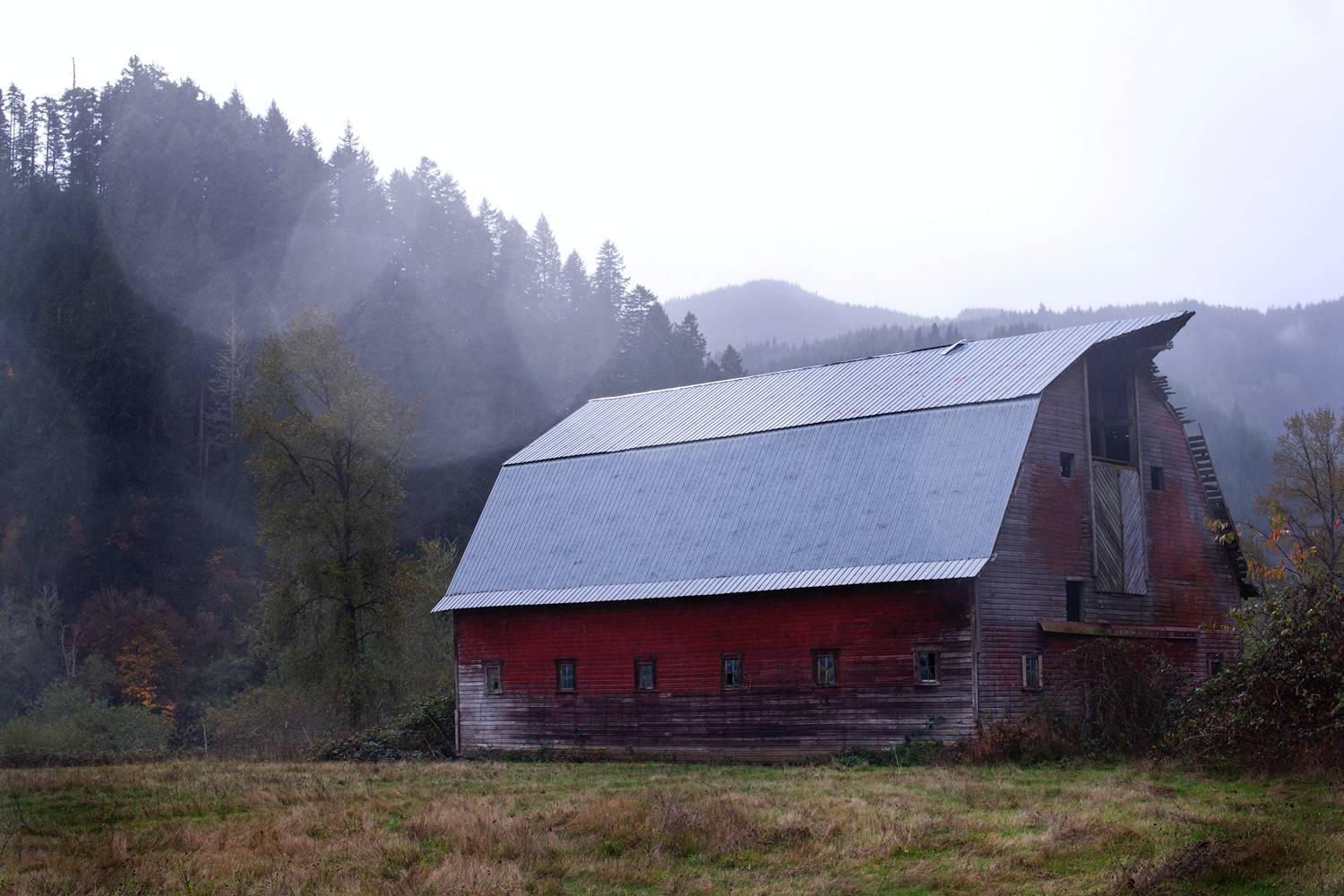
How To Find Right Color For Your Roof
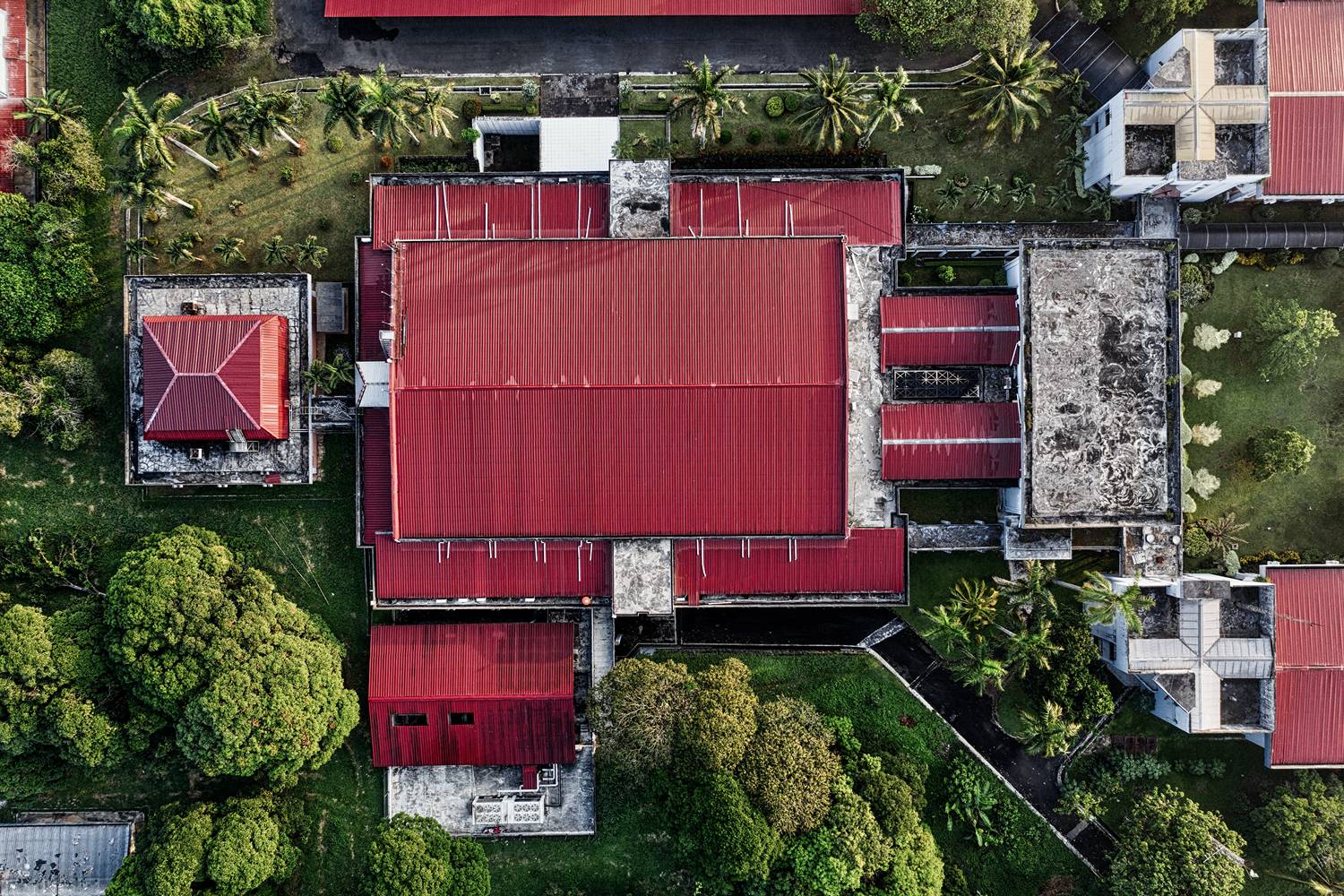
How to paint your roof effectively
